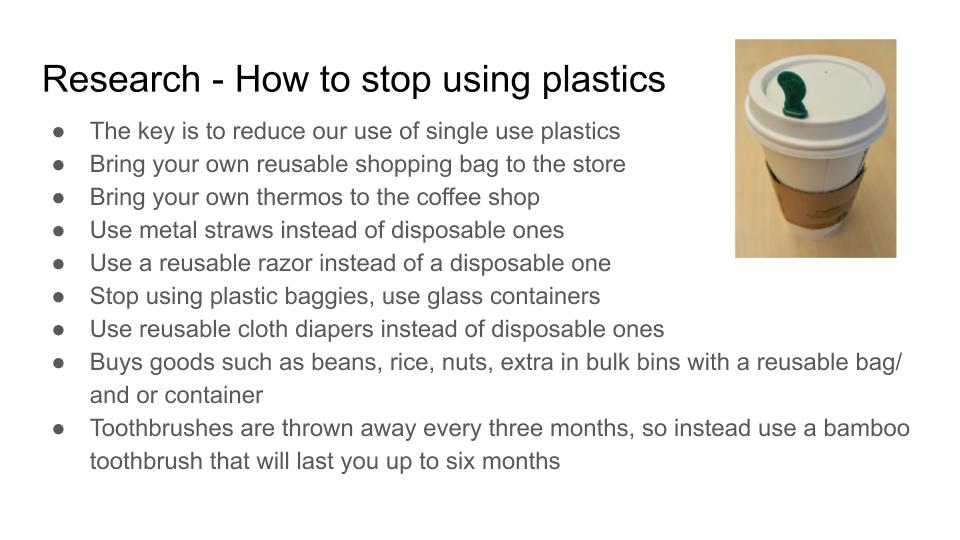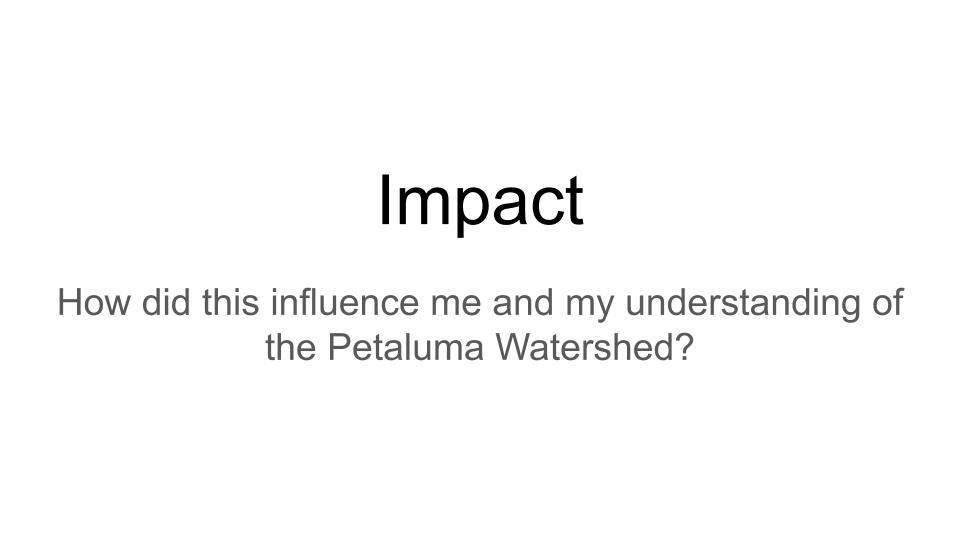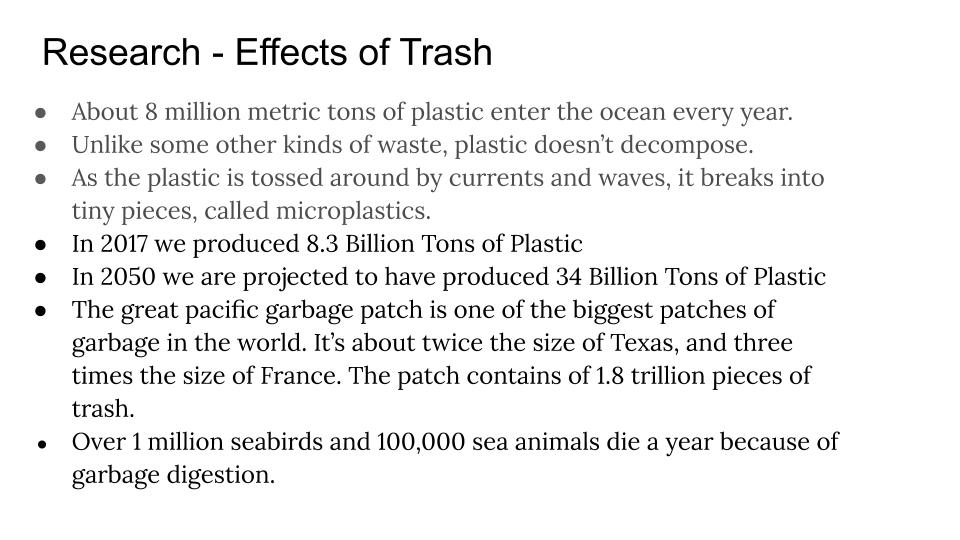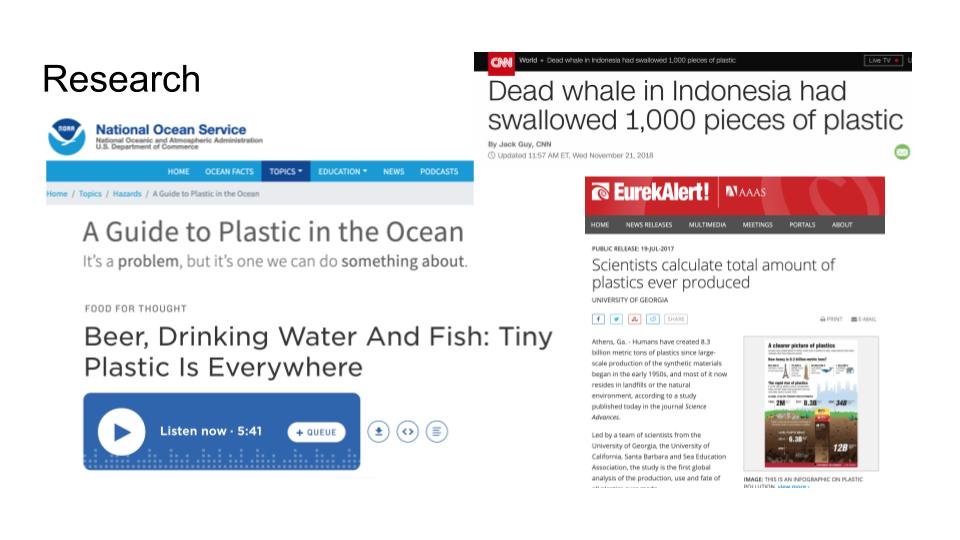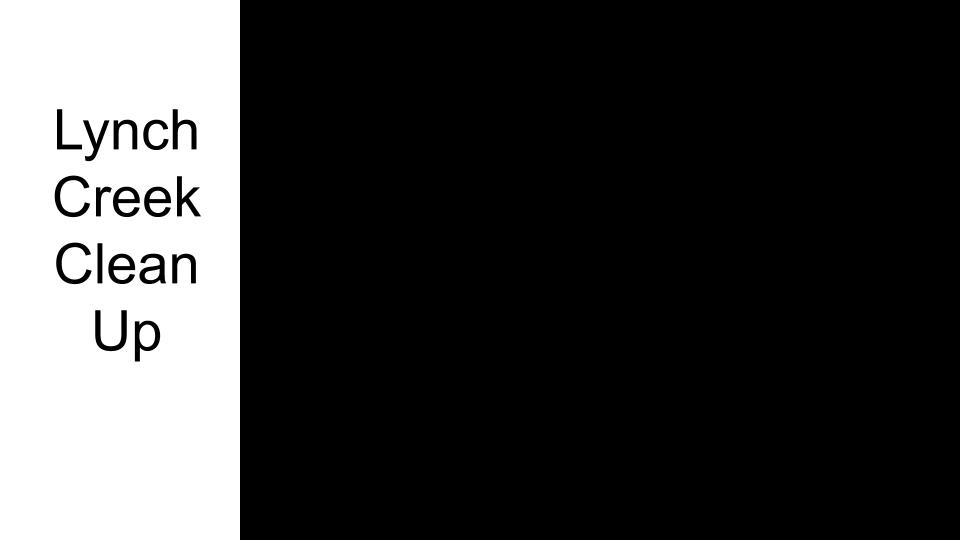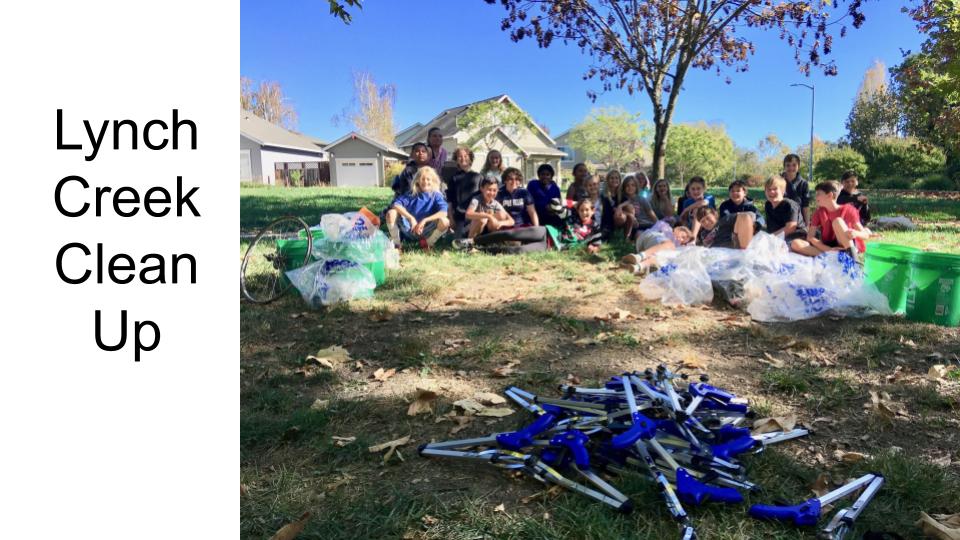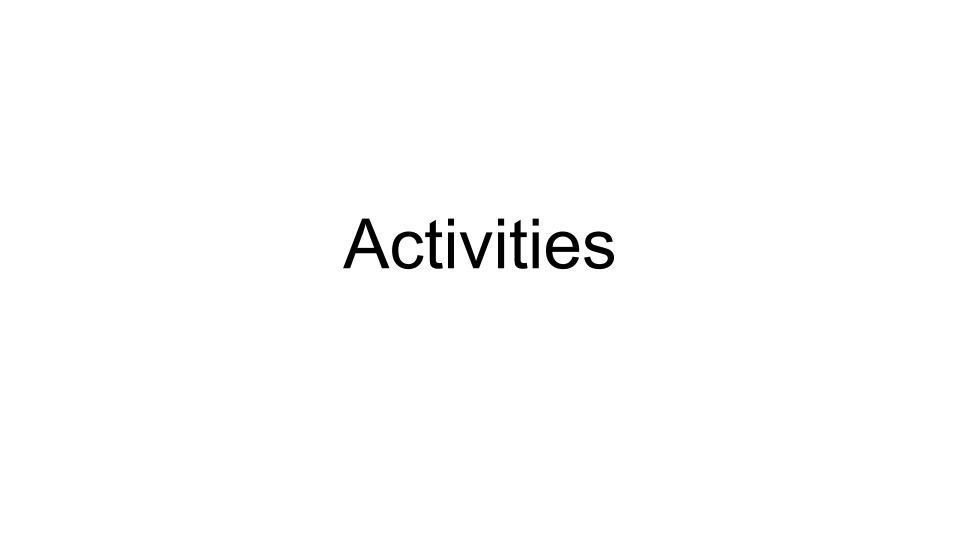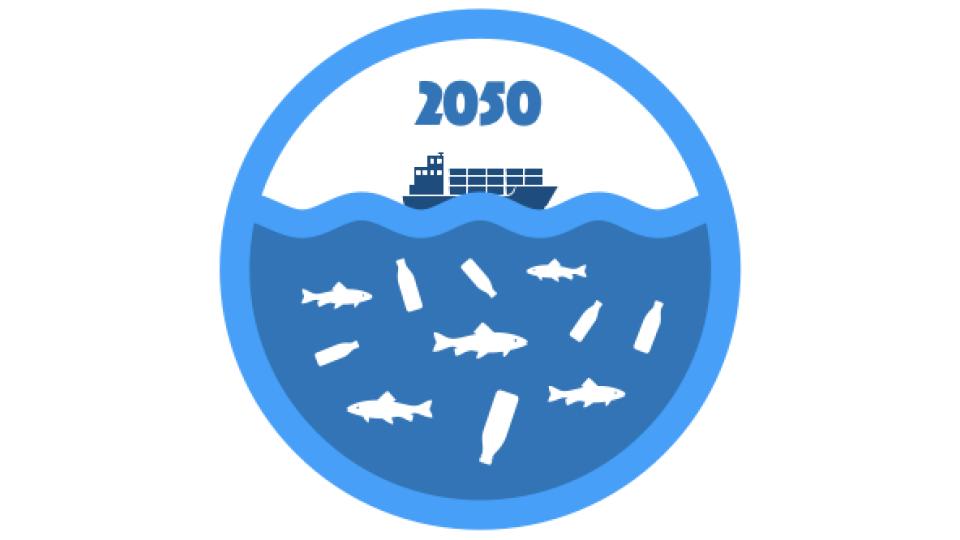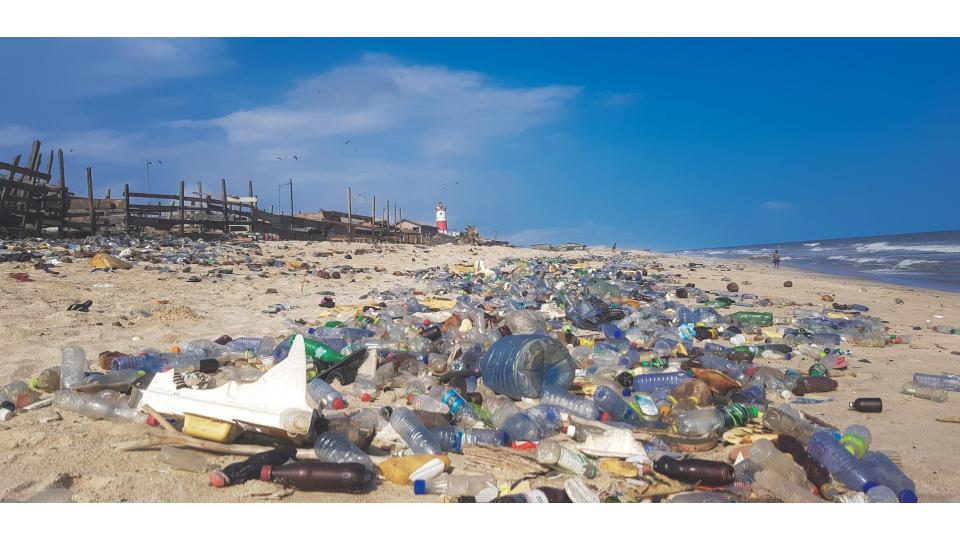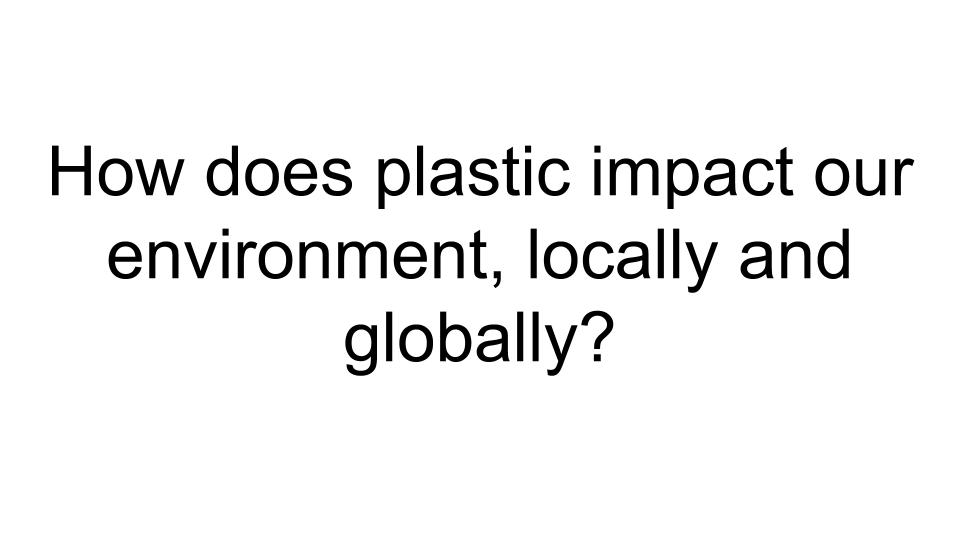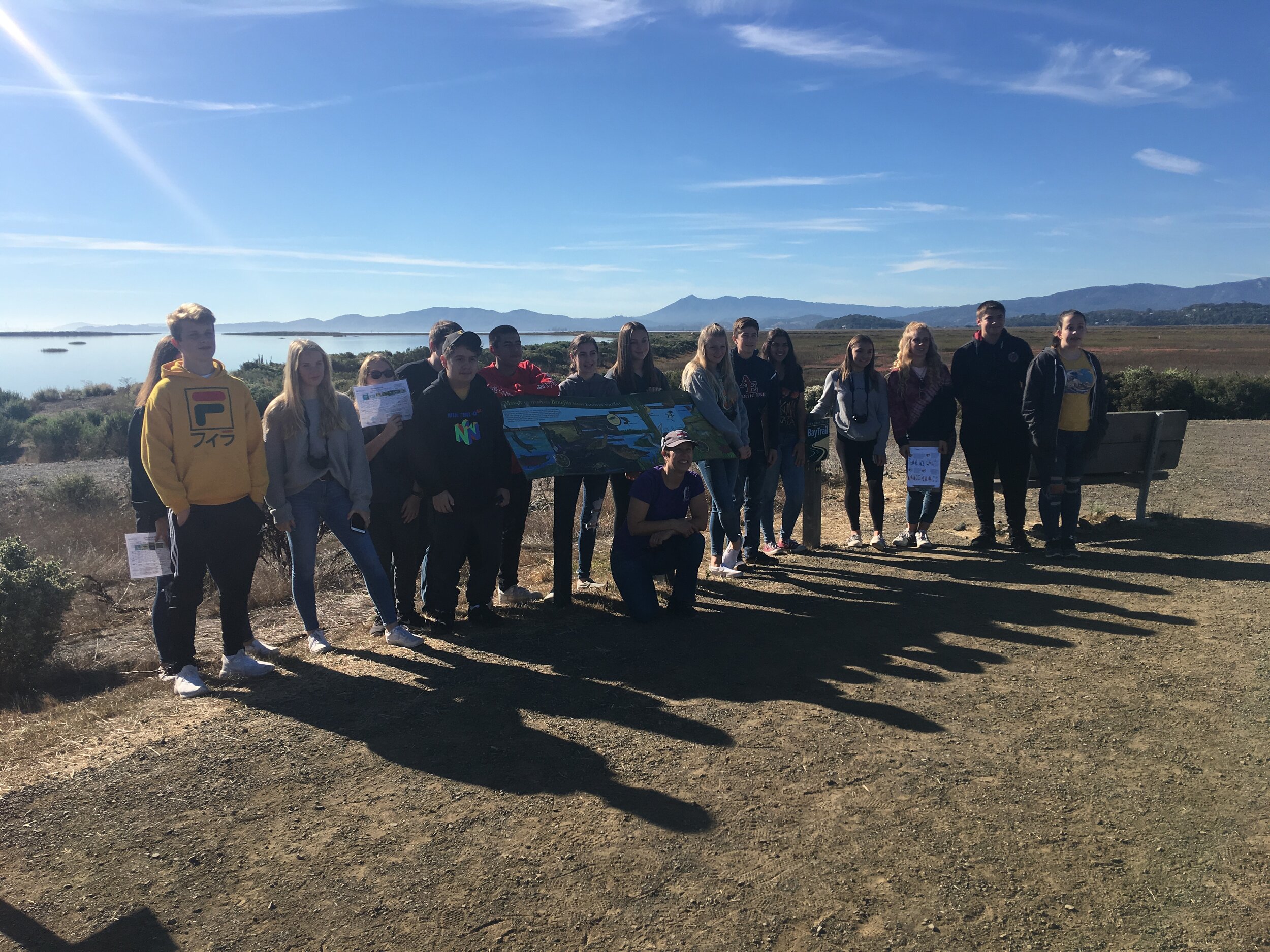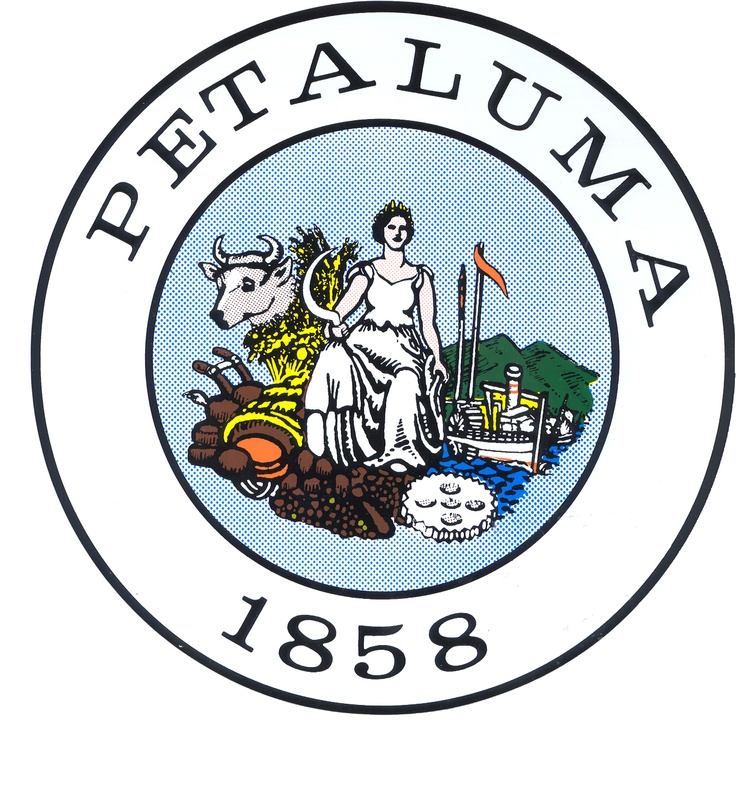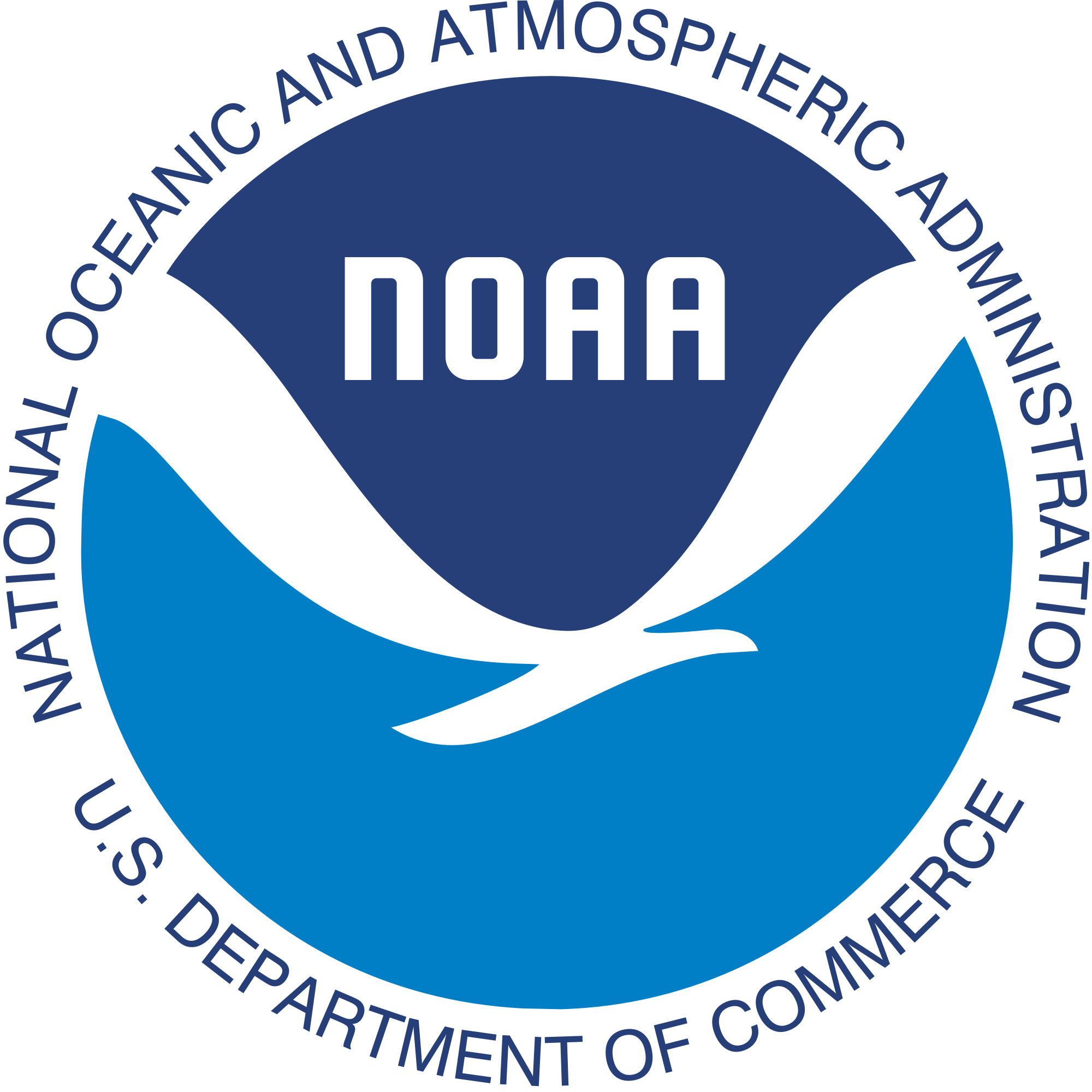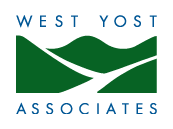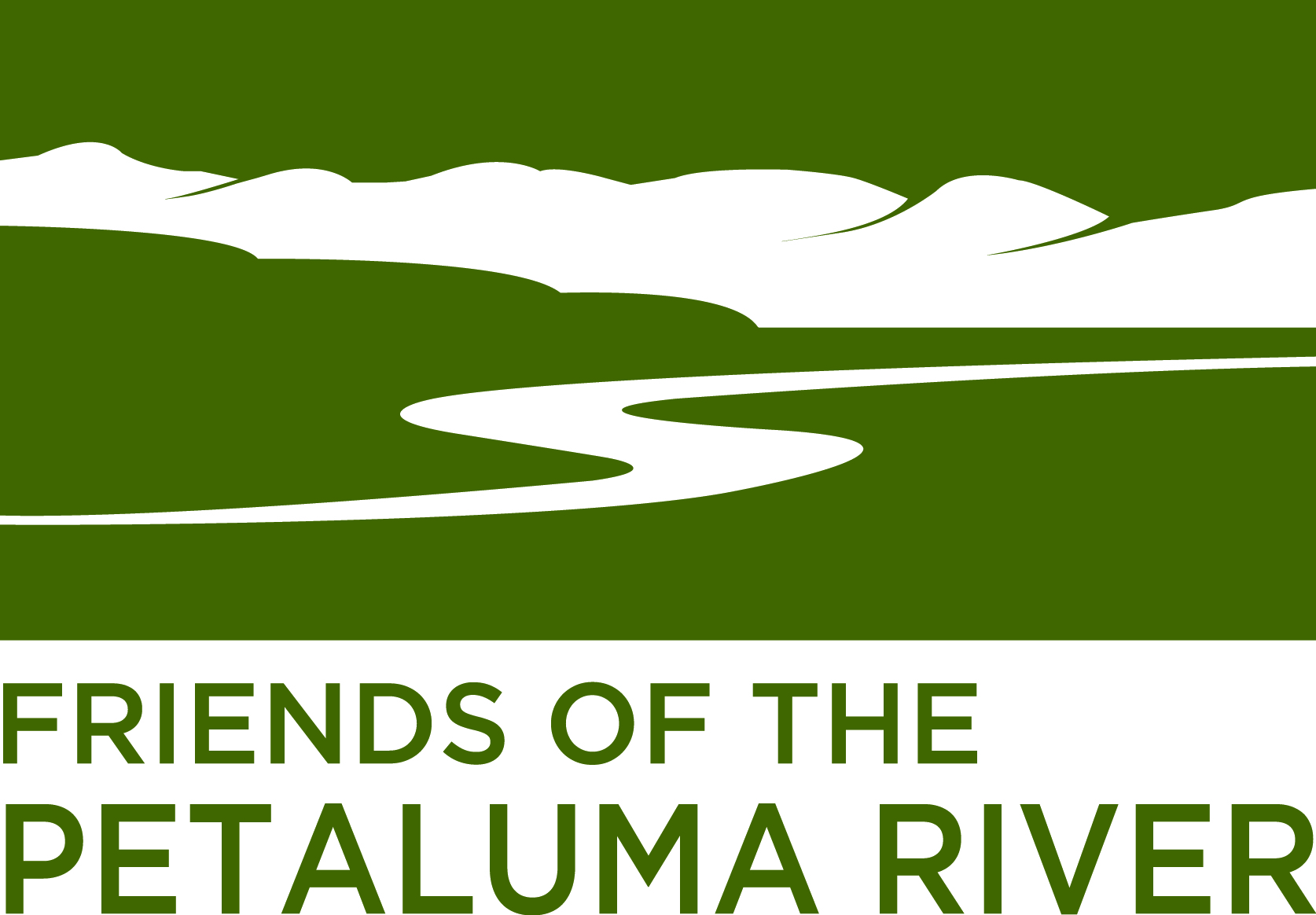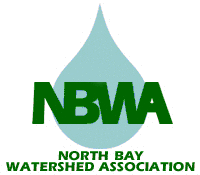TURNING THE TIDE ON PLASTICS
Project Summary
Students will learn about pollutants in our watershed with a focus on plastics: what happens to them, what impact they have on the environment, and what can be done about it. Students will use the issue of plastics in our oceans to build knowledge, analyze arguments, verify claims, and develop plans for how to minimize our community’s contribution to this problem. Students will conduct a clean up of Lynch creek and will sort and analyze the trash that is recovered. Other data sources will be investigated (data from Friends of the River past clean ups, state water board information, and home trash inventories). Students will analyze the types of trash that are found in the clean ups and at home, and then reflect how they may be contributing to it. Students will develop and implement a plan to reduce the plastic waste produced by the school and at home. Students will produce a final project that includes but is not limited to: educating the local community, petitioning for change, and drawing attention to the problem.
Curriculum
McKinley Elementary
Teachers: Glenn Berry
Subject: Science, Art
Grade Level: 6th
Collaborators: Sonoma County Regional Parks (Field Trips)
Essential Question: What happens to plastic items once they are discarded? How much plastic is in our local watershed? How does it impact our environment, locally and globally? What can we do about it?
Resources
NOAA's Marine Debris Program fact sheets.
NOAA's Marine Debris Program fact sheet for plastics.
International Coastal Cleanup report from Ocean Conservancy.
Common Sense activity to help students Evaluate Legitimate Sources.
Film by plastic pollution coalition.
Ocean Health Index's Open Data Science for Marine Management

